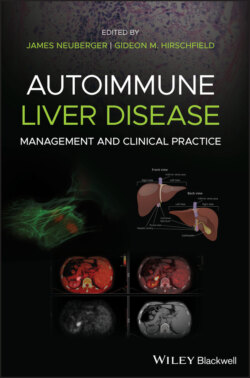Читать книгу Autoimmune Liver Disease - Группа авторов - Страница 27
Drug Metabolism
ОглавлениеThe liver has a major role in drug metabolism. The main hepatocyte enzymes involved in metabolism belong to the cytochrome P450 group, a large family of related enzymes housed in the smooth endoplasmic reticulum of the hepatocyte. Metabolism is often divided into two phases of biochemical reaction. Phase 1 involves reduction, hydrolysis or oxidation of the drug, the latter being the most common process. After phase 1 reactions, the resulting drug metabolite is still often chemically active. Phase 2 metabolism involves conjugation with glutathione, methyl or acetyl groups, which usually occurs in the cytoplasm of the hepatocyte and makes the metabolite more hydrosoluble. This facilitates excretion as well as decreasing the pharmacologic activity. Some drugs may undergo just phase 1 or just phase 2 metabolism, but more often the drug will undergo phase 1 and then phase 2 sequentially.
Many factors can affect liver metabolism of drugs. The numbers of hepatocytes and enzyme activity can decline, with a reduction in the metabolic potential of the liver, following aging, acute and chronic liver disease, and conditions that affect hepatic blood flow. Metabolism can also be altered due to genetic deficiency of a particular enzyme and secondary to the use of other drugs as well as dietary and environmental factors. Capillarization of sinusoids during chronic liver disease increases the bioavailability of drugs at high hepatic extraction, possibly increasing the side effects. Drug‐induced liver injury is a major clinical problem, is often favored by exposure to a combination of drugs and, at times, may be mediated by immunologic mechanisms.
